Test Your Knowledge About Sun Protection. Take a quiz. Sunscreen Giveaway!
Fiction: A tan protects you from the sun…
Sunscreen giveaway
Fact: A dark tan on white skin offers only limited protection, equivalent to an SPF of about 4. Tan results from your body defending itself against further damage from UV radiation. It is an obvious sign it needs more UV protection.
Fiction: You can’t get sunburn on a cloudy day…
Sunscreen giveaway
Fact: Up to 80% of solar UV radiation can penetrate light cloud cover. Haze in the atmosphere can even increase UV radiation exposure.
Fiction: UV radiation during the winter is not dangerous…
Sunscreen giveaway
Fact: UV is present in the same amount regardless of the year’s season. Pay particular attention in early spring when temperatures are low, but the sun’s rays are unexpectedly strong. Snow reflection can double your overall exposure, especially at high altitudes.
Fiction: Sunscreens protect me so I can sunbathe much longer…
Sunscreen giveaway
Fact: Sunscreen should not be used to increase sun exposure time but to increase protection during unavoidable exposure. The protection depends on correct application and re-application.
Fiction: You can’t get sunburned while in the water…
Sunscreen giveaway
Fact: Water offers only minimal protection from UV radiation, and reflections from water can enhance your UV radiation exposure.
Fiction: If you take regular breaks during sunbathing, you won’t get a sunburn…
Sunscreen giveaway
Fact: UV radiation exposure is cumulative during the day (and lifetime, therefore, early childhood protection is critical!)
Fiction: If you don’t feel the hot rays – you won’t get a sunburn…
Sunscreen giveaway
Fact: Sunburn is caused by UV radiation which cannot be felt. The heating effect is caused by the sun’s infrared radiation, not UV radiation.
Our favorite fiction: Close windows if you don’t want sunburn…
Sunscreen giveaway
Fact: UV light cannot be stopped by closing windows. We are constantly exposed to it, even on a cloudy day, in the shade, in winter, and even indoors through closed windows.
Win sunscreen every day! Take a quiz and go into a draw to win sunscreen! So that you know, all you need to do is send us your feedback with your comments below or via our social.
Scientific facts based on research from the World Health Organization W.H.O. Global Solar Ultraviolet Index report on the facts and fiction about UV radiation, sunburn, and sun protection. LEARN MORE
Are you aware that damage from accidental UV overexposure can continue for over 3 hours after sunset? Most people know of the immediate effects of a sunburn; however, a new study has revealed that sun damage continues for hours after initial exposure. Because UV radiation can cause damage to the skin cells and tissues, leading to inflammation, redness, and other symptoms of sunburn. The damage can continue for several hours as the body’s immune system responds to the damaged cells and tissues with delayed effects. That’s why you can see sunburn effects much later when you don’t expect it.
Scientific facts based on research “Chemiexcitation of melanin derivatives induces DNA photoproducts long after UV exposure” source: https://www.science.org/doi/abs/10.1126/science.1256022.
Skinara® AgeScreen® and AgeLess 24/7®
The best sun protection and repair you can get. Find out more>


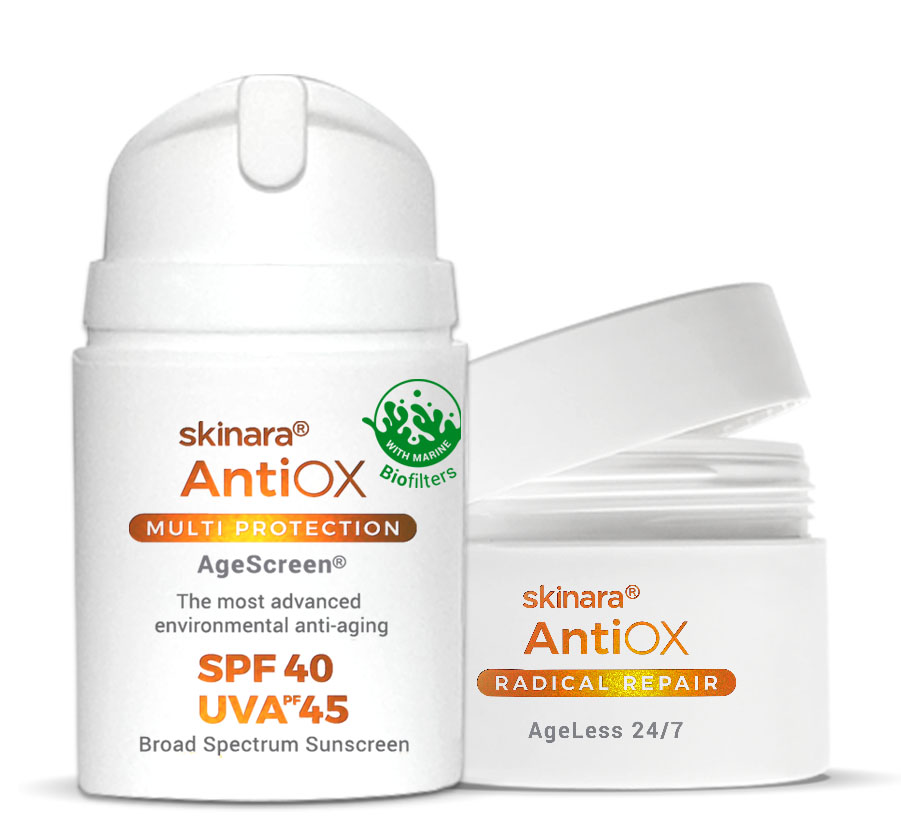
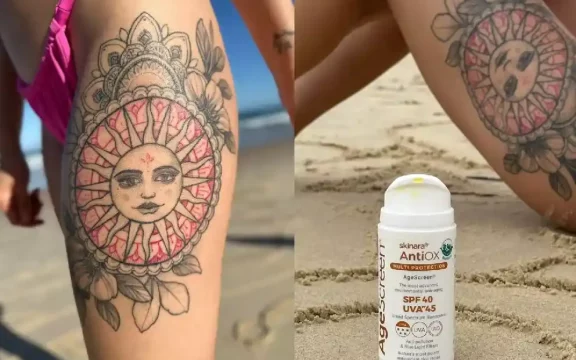

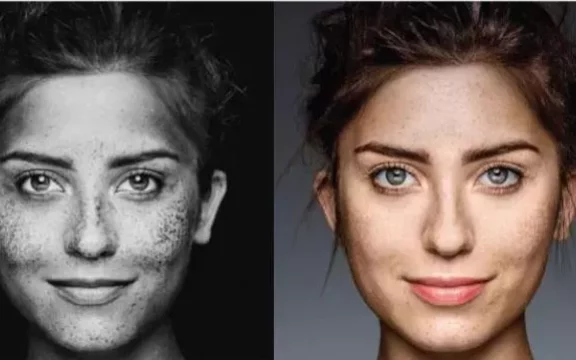
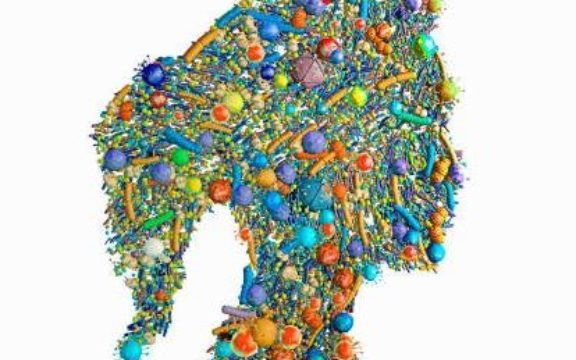
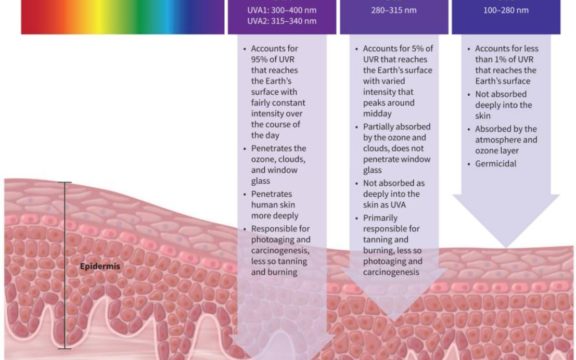
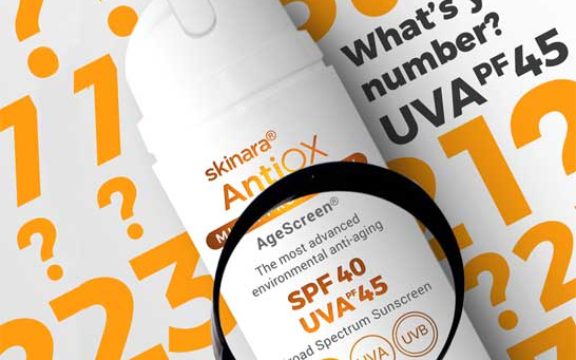

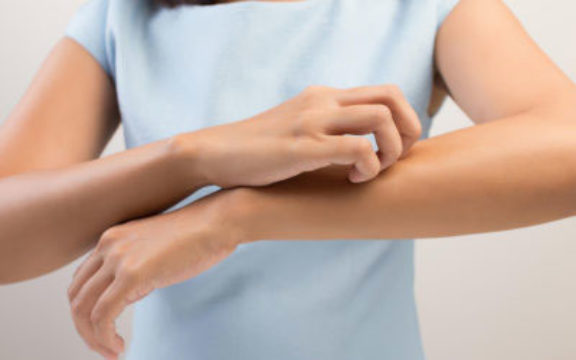
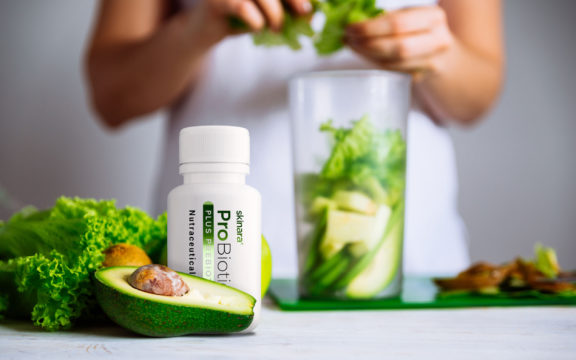

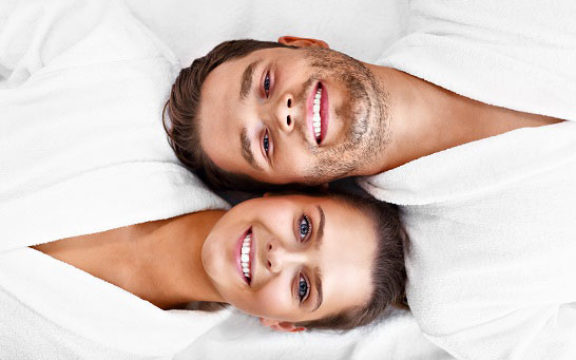
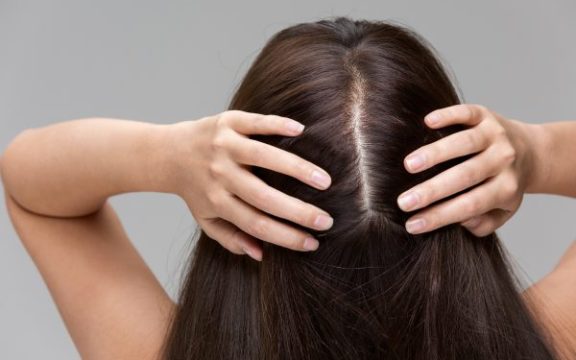



OMG I’m seriously going to protect my skin way better from now on
This is crazy important!! I have been always thinking what should I use, thanks for explaining this.